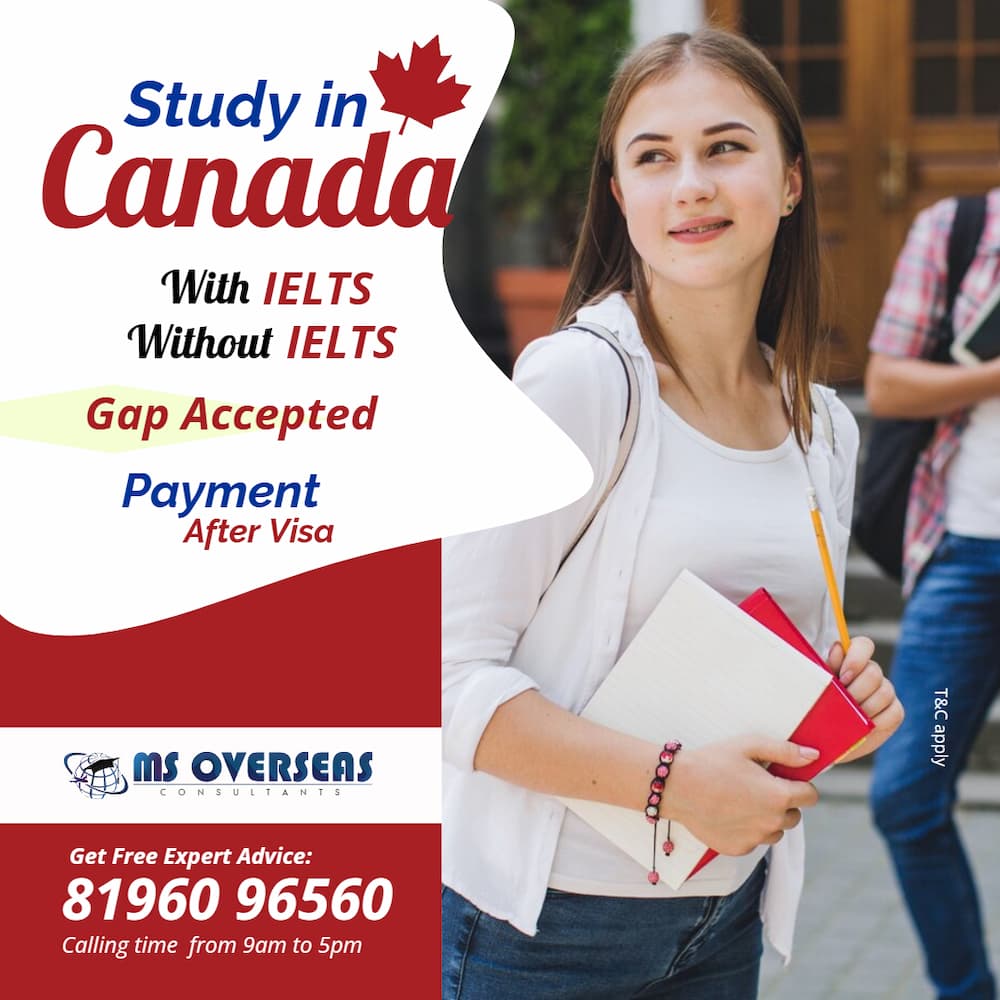If you’re an international student in Canada or planning to study there, you might have heard about the Post-Graduation Work Permit (PGWP) and its crucial role in your journey. With recent changes proposed by the Immigration, Refugees, and Citizenship Canada (IRCC) aimed at aligning PGWP issuance with Canada’s labor market needs, it’s essential to stay informed about how these updates might affect you.
To help clarify everything you need to know about the PGWP, we’ve put together answers to the most frequently asked questions. Whether you’re already in Canada or planning to make the move, understanding the ins and outs of the PGWP will be beneficial.
What is a PGWP?
The Post-Graduation Work Permit (PGWP) is a valuable open work permit for international students who have completed their studies at a Designated Learning Institution (DLI) in Canada. This permit allows graduates to work in Canada, gaining valuable work experience that can be pivotal when applying for permanent residency in the future.

The PGWP is especially popular among international students because it provides a flexible way to gain Canadian work experience, which can be beneficial for various Canadian immigration pathways. It’s not just a ticket to work; it’s a step towards building a future in Canada.
Am I Eligible for a PGWP?
To be eligible for a PGWP, you must meet specific criteria:
Completion of an Eligible Program:
You need to have completed a post-secondary program (academic, vocational, or professional) of at least eight months in length at an eligible DLI in Canada. This program must result in a degree, diploma, or certificate.
Full-Time Student Status:
During your program, you must have been a full-time student in Canada for every academic session of your studies that you are using for your PGWP application.
Documentation from Your DLI:
You must have received a transcript and an official letter from your DLI confirming that you have met the requirements to complete your program of study.
For further details on PGWP eligibility, check out the dedicated PGWP eligibility webpage on the IRCC website.
How Much Does a PGWP Cost?
Applying for a PGWP comes with a fee of CAD $255. If you need to restore your student status before applying, you’ll also need to pay an additional CAD $379. Keep these costs in mind as you plan your application to avoid any surprises.
How Long is a PGWP Valid?
The validity of your PGWP depends on the length of your study program:
Programs Less than Eight Months:
If your study program was less than eight months, you are not eligible for a PGWP.
Programs of Eight Months or More:
If your program was eight months or longer, the PGWP’s validity will match the length of your study program. For instance, if you completed a nine-month program, your PGWP will be valid for nine months.
Programs of Two Years or More:
If you completed a program that was two years or longer, you may receive a PGWP valid for up to three years.
Multiple Programs:
If you completed more than one eligible program, your PGWP could be valid for the combined length of those programs.
Master’s Degree Programs:
For Master’s degree programs, if your program was eight months or longer, you can apply for a three-year PGWP, even if your program was less than two years.
Can I Apply for a Job Before I Get My PGWP?
Yes, you can apply for a job before your PGWP is issued, provided that:
- You were enrolled full-time at a DLI in an eligible program.
- You have already completed your program of study.
- You have adhered to the permitted number of work hours during your studies.
Keep in mind that you must follow the rules and restrictions outlined in your study permit.
Can I Travel Outside Canada While Waiting for My PGWP?
You can travel freely in and out of Canada if you have a valid visa or Electronic Travel Authorization (eTA). However, note that a study permit alone does not allow re-entry into Canada.

Here’s what to keep in mind:
Valid Study Permit:
If your study permit is still valid, you can return to Canada as a student.
Approved PGWP:
If your PGWP is approved while you’re outside Canada, you can return as a worker.
PGWP in Process:
If your PGWP is still being processed, you can return as a visitor. Visitors can work without a work permit while their application is being processed.
I Am Working in Canada on a PGWP. Do I Need a Labour Market Impact Assessment (LMIA)?
In most cases, PGWP holders do not need a Labour Market Impact Assessment (LMIA) to work in Canada. However, an LMIA may be required if:
- It is necessary to meet the requirements for the Federal Skilled Worker Program (FSWP) or the Federal Skilled Trades Program (FSTP).
- Your occupation is not LMIA-exempt.
For more details on LMIA requirements, visit the IRCC help centre webpage.
There’s a Specific Occupation on My PGWP. Can I Work in a Different Field?
Whether you can work in a different field depends on how your PGWP is listed:
Listed under Additional Information:
If your occupation is listed here, you are not restricted to working in that field. You do not need to apply for a change to your work permit to switch fields.
Listed under Conditions or Remarks/Observations:
If your occupation is listed here, you must work in the specified field. To change occupations, you need to apply for a new work permit within Canada.
There’s a Specific Employment Location on My PGWP. Can I Work Somewhere Else?
The same principle applies to your employment location:
Listed under Additional Information:
If your employment location is listed here, you are not restricted to working in that specific location and do not need to apply for a new work permit to change locations.
Listed under Conditions or Remarks/Observations:
If your employment location is listed here, you must work in that specified location. To work elsewhere, you must apply for a new work permit within Canada.
Can I Switch Employers While Working Under a PGWP to Qualify for the Canadian Experience Class?
Yes, you can switch employers while on a PGWP. This type of permit is open, meaning you can work for any employer, provided you follow the restrictions stated in your permit.
However, to qualify for the Canadian Experience Class (CEC), you need to ensure that your work experience is in a skilled occupation. Skilled work experience is classified under National Occupation Classification (NOC) TEER 0, 1, 2, or 3.
Can I Renew My PGWP?
Unfortunately, PGWPs are one-time-only permits and cannot be renewed. If your PGWP expires and you wish to stay in Canada, you’ll need to explore other immigration options or permits.
Conclusion: Navigating the Post-Graduation Work Permit (PGWP) can seem daunting, but understanding its essentials can make the process much smoother. As an international student in Canada, the PGWP offers a valuable opportunity to gain Canadian work experience and potentially pave the way to permanent residency. By being aware of the eligibility requirements, application costs, and permit conditions, you can better plan your career and immigration journey.

Disclaimer
The information provided in this blog post is intended to offer a general overview of the Post-Graduation Work Permit (PGWP) program and its related processes. Immigration policies and regulations can change, and it is crucial to consult official sources or seek advice from immigration professionals for the most accurate and up-to-date information. The blog’s content does not constitute legal advice. Always verify current details with the Immigration, Refugees, and Citizenship Canada (IRCC) or a qualified immigration consultant.
Source: www.cicnews.com
Get Free Expert Advice: Are you ready to embark on your next adventure? Whether you’re seeking a work permit, tourist visa, or study opportunities in Canada or other countries, we’re here to help! Contact us today to learn how our expert services can simplify your journey and turn your dreams into reality. Reach out now and let’s start planning your future together!
- Canada Citizenship Requirements: Everything You Need to Know
- Mastering Part-Time Job Hunting in Canada
- Essential Free Resources for International Students Settling in Canada
Also read:
- Canada’s New Rural and Francophone Immigration Pilots: A Fresh Opportunity for Skilled Workers
- Hundreds of U.S. Visa Appointments Canceled in Colombia: What It Means for Future Travelers
- Ultimate Guide to Dubai Visa Applications for Indian Tourists: Avoid Rejection & Ensure a Hassle-Free Trip with These Key Tips!
- New Canada Immigration Fees Effective December 1, 2024: Everything You Need to Know
- RS Global Immigration Jalandhar: Your Gateway to International Opportunities










